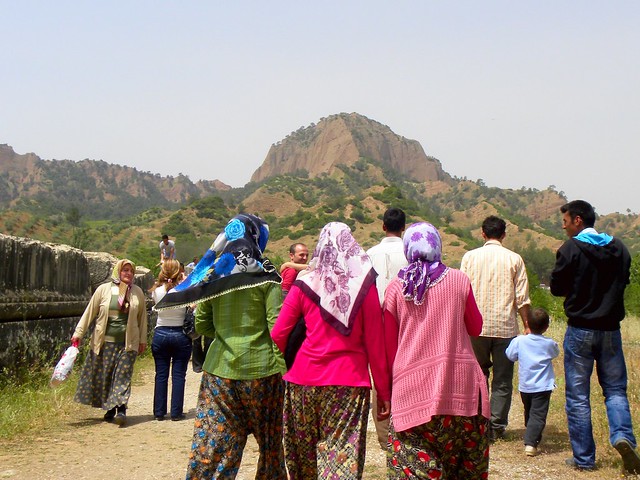Hunger in Turkey Remains Prevalent in Rural Areas
 Turkey has a rich history of being a global leader in humanitarian efforts to reduce poverty. The nation is now one of the World Food Program’s (WFP) largest contributors despite needing aid about ten years ago.
Turkey has a rich history of being a global leader in humanitarian efforts to reduce poverty. The nation is now one of the World Food Program’s (WFP) largest contributors despite needing aid about ten years ago.
However, Turkey still has a long way to go to reduce poverty and hunger domestically — malnutrition is prevalent in its rural regions.
The rural poverty rate in Turkey is 35% compared to the urban poverty rate of 22%. The extreme poverty rate in rural households is at the root of growing hunger in Turkey.
Living in poverty impacts food security, secure employment, education and healthcare — all of which are easier to attain in urban regions of Turkey.
The recent influx of Syrian refugees also placed pressure on food security in Turkey. Turkish communities hosting Syrian refugees have expanded by up to 30%, which increased competition for employment and increased rent prices.
The International Fund for Agricultural Development (IFAD) implemented a plan in 2006 that focused on job-creation to bolster economic prosperity and improve living standards in rural areas to address hunger in Turkey.
The IFAD plan aims to increase participation in Turkey’s labor force by supporting small businesses and encouraging self-employment that generates incremental income.
This strategy also works to improve agricultural initiatives in remote areas of Turkey through the spread of farm mechanization and processing plants.
The United Nations Development Programme (UNDP) launched the Ardahan-Kars-Artvin Development Project (AKADP) to further reduce poverty in Turkey.
By working with local farmers from rural, eastern provinces of Turkey, the AKADP would introduce and encourage sustainable agricultural practices to reduce rural poverty and hunger in Turkey.
The AKADP claims to benefit those living in rural Turkey by increasing livestock and crop productivity, improving knowledge of farm management and strengthening both economic and social infrastructure.
Turkey is making remarkable advances toward reducing hunger because of the UNDP and IFAD projects. The WFP recently acknowledged Turkey for reducing its total undernourished population by half.
The IFAD also recognized Turkey as one of the 79 developing countries that achieved their hunger target of reducing malnutrition and the proportion of underweight children under five years old.
The Turkish government and humanitarian organizations have made it a priority to continue to uplift those in rural areas out of poverty. It is possible to reduce hunger in Turkey by investing in rural areas, which will help its inhabitants forge brighter futures.
– Mariana Camacho
Photo: Flickr
